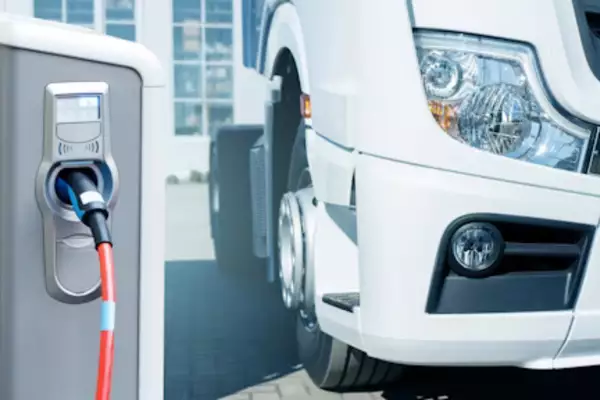Phosphoric acid, a crucial component of both di-ammonium phosphate (DAP) fertilizer and lithium-iron-phosphate (LFP) batteries, is at the heart of a growing Food vs. Cars dilemma.
What is Food vs. Cars Dilemma?
- It highlights the growing tension between food production and electric vehicle (EV) manufacturing.
- “Food versus fuel” is a familiar debate in the context of sugarcane, rice, maize, palm or soyabean oil being diverted for the production of ethanol and biodiesel.
- The looming “food versus cars” dilemma is linked to phosphoric acid, the key ingredient in di-ammonium phosphate (DAP).
- DAP is India’s second most consumed fertilizer after urea, increasingly finding its way into the production of batteries for electric vehicles (EVs).
- India imports significant quantities of DAP, phosphoric acid, and rock phosphate to meet domestic demand.
- The growing popularity of EVs is driving up demand for lithium-iron-phosphate (LFP) batteries, which in turn increases demand for phosphoric acid.
- The increasing use of phosphoric acid in EV batteries could potentially limit its availability for fertilizer production.
Role of Phosphoric Acid:
- Phosphoric acid (orthophosphoric acid) is a colorless, odorless phosphorus-containing solid, and inorganic compound with the chemical formula H3PO4.
- It is manufactured from rock phosphate ore after grounding and reacting with sulphuric acid.
- DAP, a vital fertilizer for crop growth contains 46% phosphorous (P), nutrient crops need at the early growth stages of root and shoot development.
- Phosphoric acid is also used in the cathode material of LFP batteries, which is high in demand due to lower cost, longer lifespan, and improved safety.
- A shortage of phosphoric acid could impact food production by limiting the availability of DAP fertilizer.
- India’s reliance on imports for phosphoric acid and related products makes it vulnerable to global market fluctuations and supply chain disruptions.
Ways to addressing the Challenge:
- Diversification of Supply Sources: India should explore opportunities to diversify its sources of phosphoric acid and related inputs to reduce its dependence on imports.
- Domestic Production: Increasing domestic production of phosphoric acid and related products can help reduce reliance on imports and ensure a more stable supply.
- Efficient Use of Fertilizers: Promoting the efficient use of fertilizers through practices like precision agriculture can help reduce the demand for phosphorus.
- Alternative Battery Technologies: Exploring alternative battery technologies that are less dependent on phosphoric acid can help mitigate the impact on fertilizer production.
Ref: Source
| UPSC IAS Preparation Resources | |
| Current Affairs Analysis | Topperspedia |
| GS Shots | Simply Explained |
| Daily Flash Cards | Daily Quiz |
Frequently Asked Question:
What is the “food vs. cars” dilemma?
It refers to the growing tension between food production and electric vehicle (EV) manufacturing, specifically related to the use of phosphoric acid..
What is the role of phosphoric acid in this dilemma?
Phosphoric acid is a key ingredient in di-ammonium phosphate (DAP), a widely used fertilizer. It is also used in the cathode material of LFP batteries, which are becoming increasingly popular in EVs.
Why is there a concern about the availability of phosphoric acid?
India imports a significant portion of its phosphoric acid, making it vulnerable to global market fluctuations. As the demand for LFP batteries increases, there is a risk of short supply of phosphoric acid.


